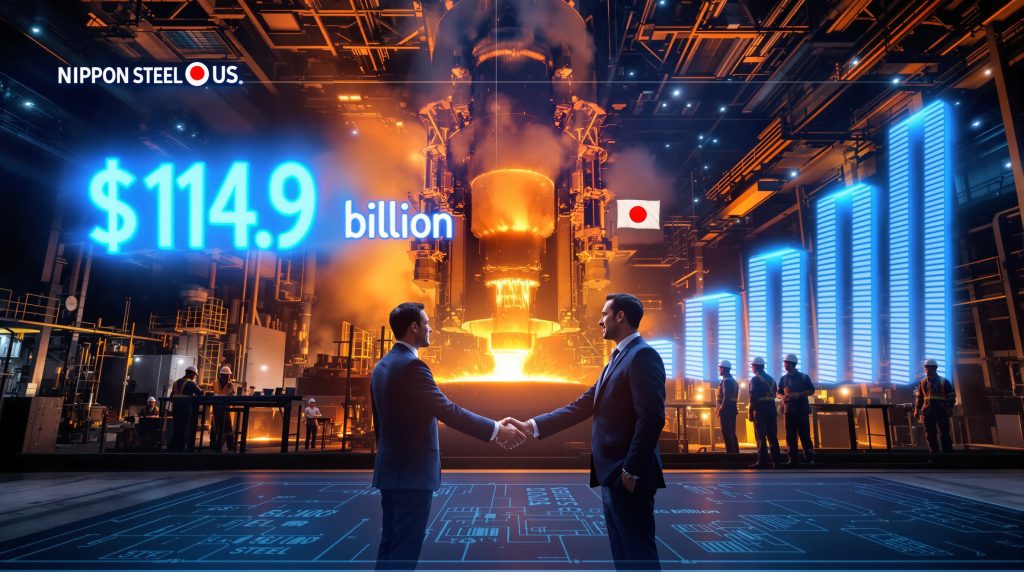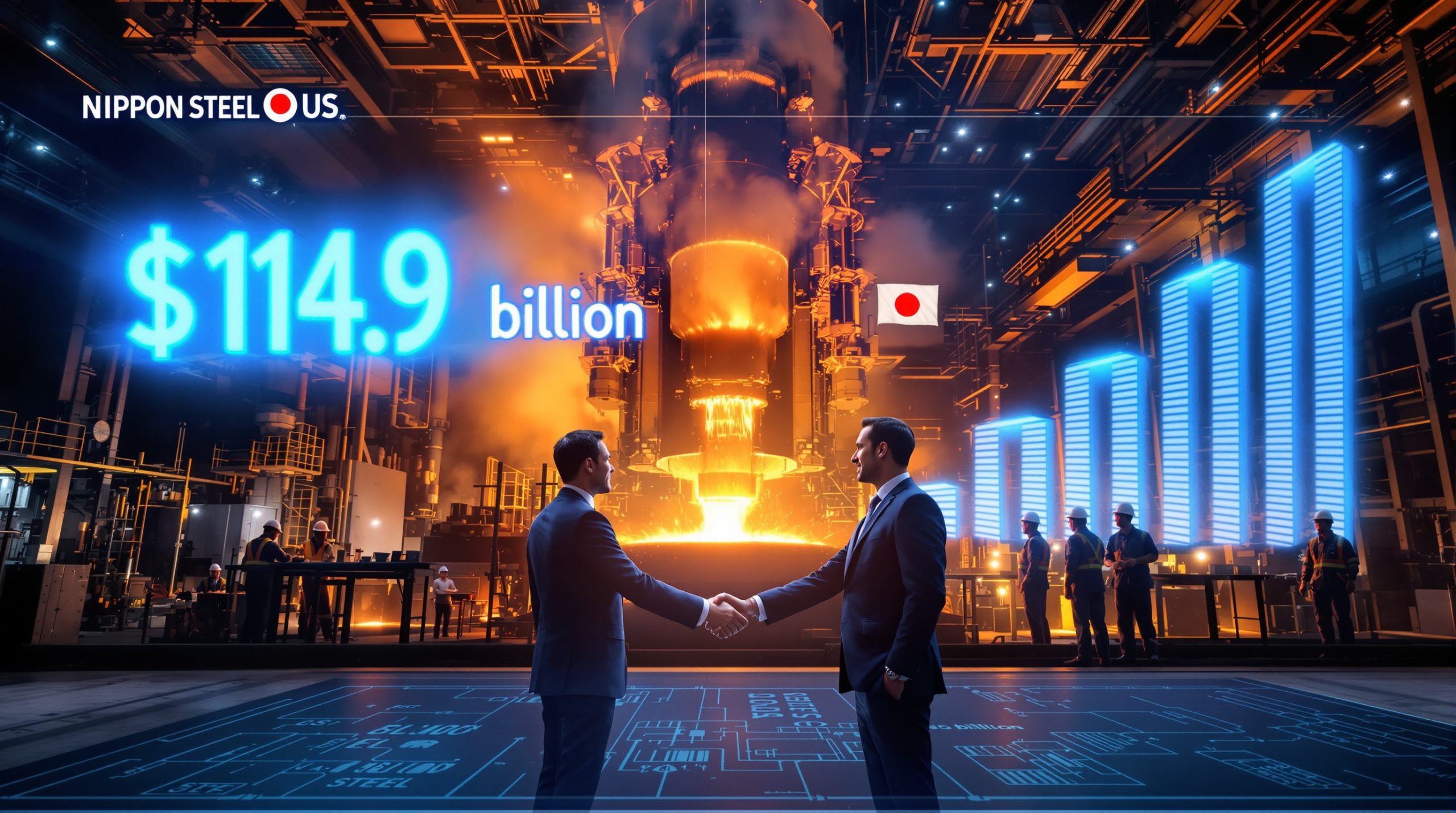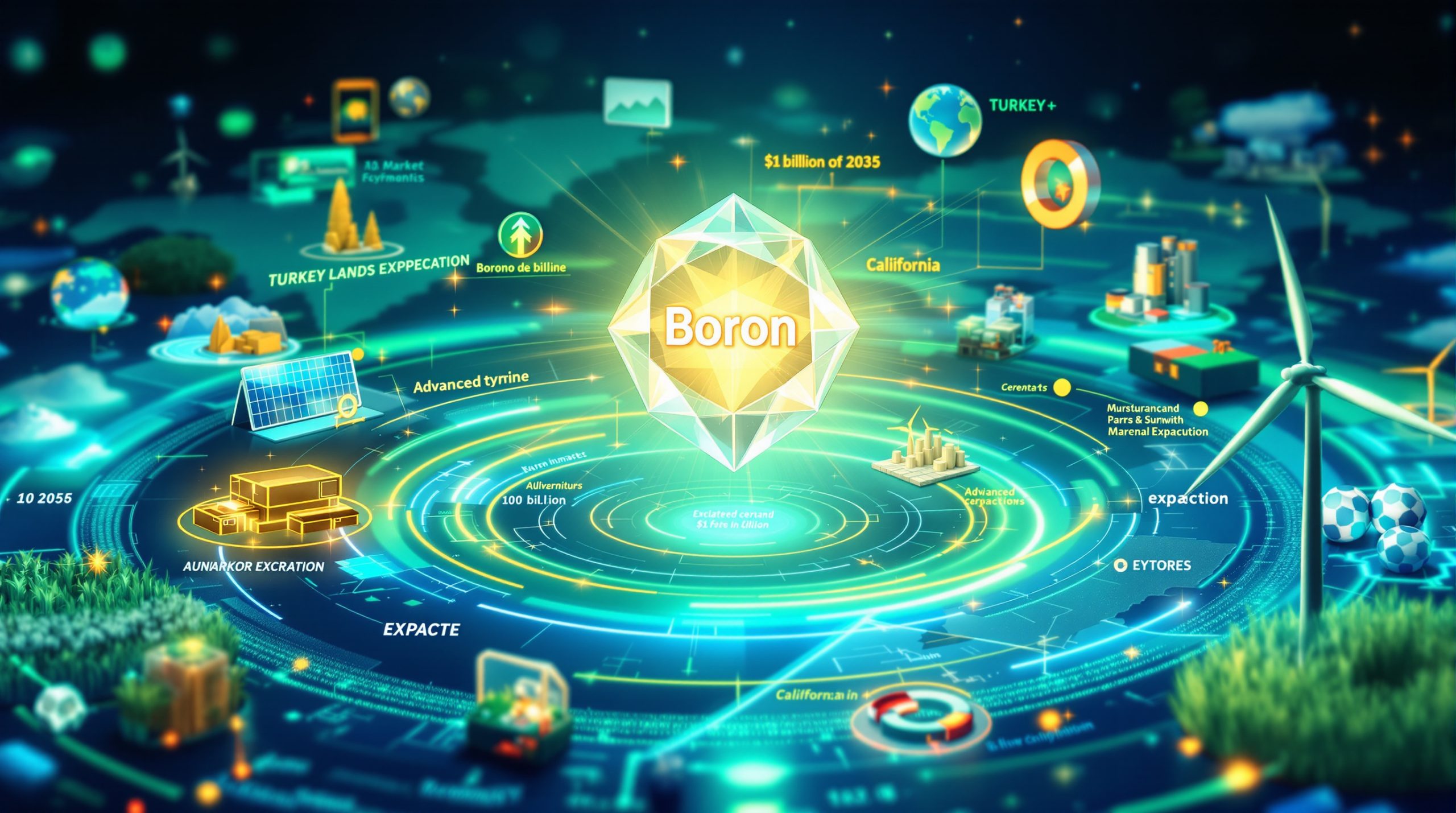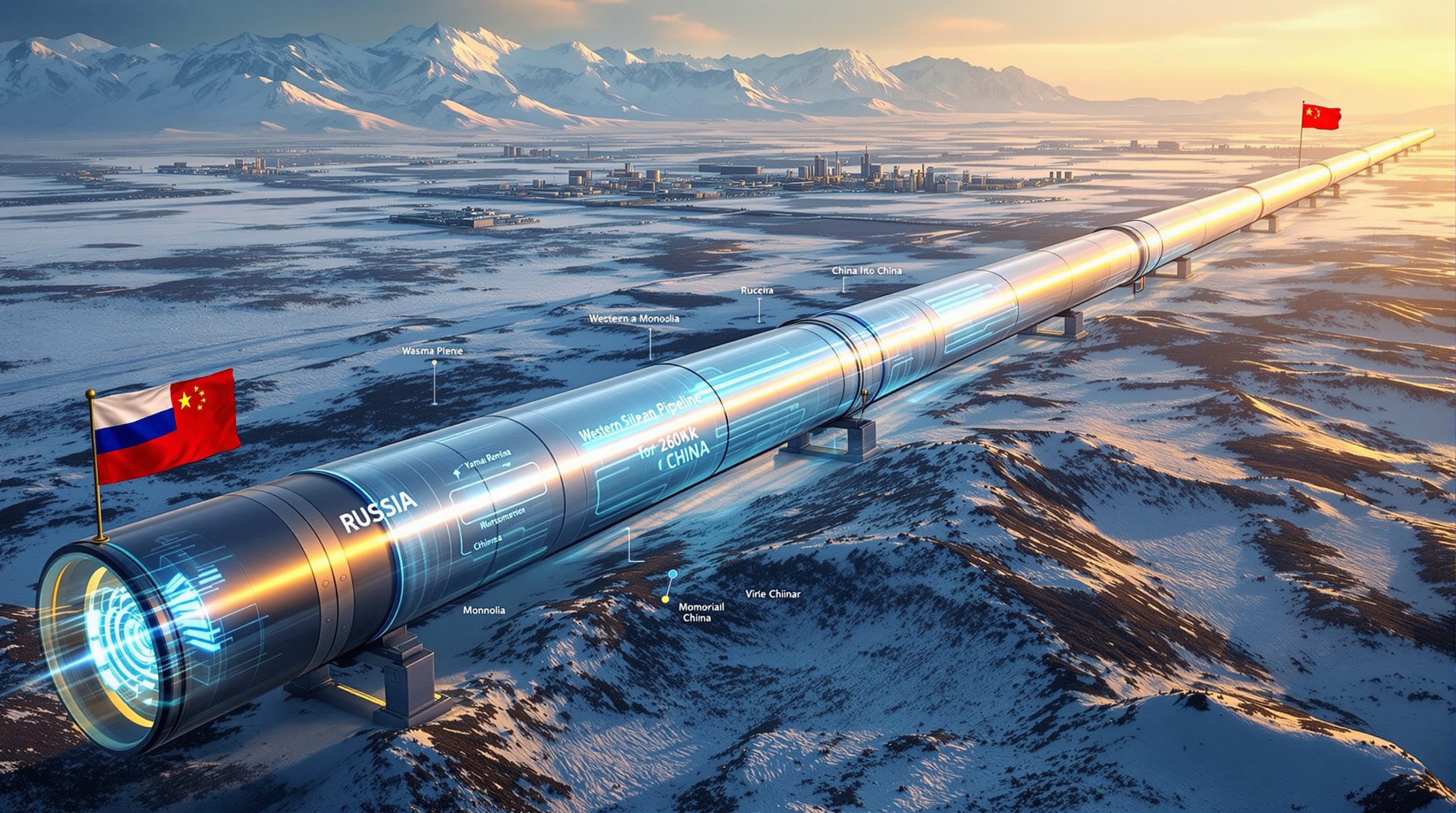Nippon Steel and US Steel Settlement: Resolution of Labor and Corporate Disputes
The $14.9 billion acquisition of US Steel by Nippon Steel faced significant opposition from various stakeholders before reaching a comprehensive Nippon Steel US Steel acquisition settlement. This resolution addresses legal challenges from both the United Steelworkers (USW) union and Cleveland-Cliffs, a competing American steelmaker that had previously shown interest in acquiring US Steel. The settlement marks the end of contentious disputes that threatened to complicate what was already a politically sensitive foreign acquisition of an iconic American industrial company.
Key Disputes That Required Resolution
Legal actions between multiple parties created a complex web of litigation that needed resolution:
- Legal claims by Nippon Steel against USW leadership, specifically targeting union president David McCall
- Labor complaints against US Steel, including unfair labor practice charges filed with the National Labor Relations Board
- Corporate litigation involving Cleveland-Cliffs and its CEO Lourenco Goncalves
- Strong union opposition to foreign ownership based on concerns about job security and existing labor agreements
What Does the Settlement Include?
The comprehensive settlement package addresses all pending legal matters between the involved parties, allowing the newly combined company to focus on operational priorities rather than legal battles.
Core Components of the Settlement Agreement
The settlement includes several key elements:
- Complete dismissal of the lawsuit against USW leadership, with Nippon Steel, its North American subsidiary, and US Steel dropping all legal action against USW president David McCall
- Withdrawal of labor complaints, with USW removing unfair labor practice charges previously filed with the National Labor Relations Board
- Full resolution of Cleveland-Cliffs disputes, with all claims involving Cleveland-Cliffs and CEO Lourenco Goncalves being dropped
- No financial compensation between parties, as confirmed by Nippon Steel representatives
How Did the Acquisition Process Unfold?
The path to this settlement followed a lengthy and contentious acquisition process that attracted significant attention from industry observers, labor organizations, and political figures. Furthermore, the broader industry evolution trends within metals and mining played a role in shaping the strategic significance of this deal.
Timeline of the Nippon Steel-US Steel Deal
| Date | Key Development |
|---|---|
| December 2023 | Acquisition initially announced with $14.1 billion valuation |
| Early 2024 | Deal faces initial political scrutiny and union resistance |
| Throughout 2024 | Regulatory reviews and legal challenges emerge |
| June 18, 2025 | Acquisition officially completed at $14.9 billion |
| September 2025 | Settlement of all legal disputes announced |
Political and Regulatory Hurdles Overcome
The acquisition faced months of intense scrutiny from multiple perspectives:
- National security concerns regarding foreign ownership of strategic industrial assets
- Labor relations challenges, particularly from the United Steelworkers union
- Competitive landscape issues, including objections from domestic steel producers like Cleveland-Cliffs
- Political considerations amplified by the timing coinciding with election cycles
What Were the Key Controversies Before Settlement?
Before reaching settlement, the parties were engaged in significant disputes that threatened both the acquisition and ongoing operations. The US-China trade war impact on steel markets further complicated the regulatory landscape surrounding this deal.
Labor Relations Disputes
The United Steelworkers union had filed serious allegations against US Steel, claiming the company:
- Used intimidation tactics against workers to suppress opposition to the deal
- Violated established labor laws through unfair labor practices
- Failed to honor commitments under existing collective bargaining agreements
- Undermined worker protections during the acquisition process
Corporate Competition Conflicts
The acquisition also sparked corporate conflicts, with Nippon Steel and US Steel accusing Cleveland-Cliffs and its CEO of:
- Deliberate interference with the acquisition process through various means
- Coordinating opposition efforts with the USW to prevent the foreign acquisition
- Engaging in actions designed to protect Cleveland-Cliffs' market position at the expense of fair competition
- Attempting to influence regulatory reviews of the proposed acquisition
Why Is This Settlement Significant for the Steel Industry?
The resolution of these disputes has far-reaching implications for the North American and global steel industry. In many ways, this case illustrates modern hostile takeover strategies and their resolution in heavy industrial sectors.
Market and Industry Implications
The settlement creates several important industry impacts:
- Provides clear ownership structure for US Steel assets and operations
- Maintains competitive balance in the North American steel market
- Demonstrates a pathway for resolving conflicts between labor organizations and management
- Establishes precedent for foreign investment in strategically sensitive American industries
Focus on Core Business Operations
With legal matters resolved, the parties can concentrate on:
- Improving steelmaking operations and production efficiency
- Engaging in productive labor negotiations through established collective bargaining channels
- Implementing strategic integration plans for Nippon Steel's vision for US Steel assets
- Competing effectively in increasingly challenging global and North American steel markets
How Does This Settlement Affect Workers and Communities?
The settlement has significant implications for steel industry workers and the communities where steel plants operate. Additionally, US steel tariffs impact future operations in ways that remain to be fully understood.
Labor Relations Outlook
The agreement suggests potential for constructive labor relations moving forward:
- Renewed focus on addressing concerns through collective bargaining rather than litigation
- Shift from adversarial legal positioning to negotiation-based problem solving
- Opportunity to address fundamental worker concerns about foreign ownership impacts
- Recognition of steel plants' critical importance to local economic stability
Investment and Operational Considerations
Resolution of legal uncertainty allows clearer planning regarding:
- Facility investment decisions, including modernization and capacity expansion possibilities
- Future employment levels across the US Steel facility network
- Production strategy alignment between Nippon Steel and former US Steel operations
- Supply chain integration to maximize operational efficiency
What Challenges Remain After the Settlement?
Despite resolving immediate legal disputes, significant challenges remain for the combined organization. The acquisition completion details reveal complexities that will need addressing in implementation phases.
Integration and Cultural Alignment
The merged entity faces substantial integration challenges:
- Harmonizing Japanese and American corporate cultures and business approaches
- Reconciling different manufacturing traditions and operational philosophies
- Establishing clear management structures and reporting relationships
- Developing consensus on long-term strategic direction and priorities
Ongoing Stakeholder Concerns
Several stakeholder groups continue monitoring developments closely:
- Government agencies maintaining oversight of foreign ownership implications
- Union leadership vigilantly tracking compliance with labor agreements
- Nippon Steel shareholders expecting performance improvements from the acquisition
- Community stakeholders concerned about local economic impacts of ownership changes
What Does This Mean for the Future of US Steel Production?
The settlement allows the combined company to focus on strategic positioning in an evolving global steel market. Many industry analysts see this as part of broader industry consolidation trends reshaping global metals production.
Strategic Positioning in Global Markets
With legal distractions removed, attention can turn to:
- Enhancing global competitiveness through combined resources and expertise
- Facilitating technology transfer between Japanese and American operations
- Developing coordinated market approaches for North American and global customers
- Launching joint research and development initiatives for new product innovations
Investment and Modernization Outlook
The resolution creates opportunities to address:
- Potential upgrades for aging US Steel production facilities
- Implementation of Nippon Steel manufacturing techniques and quality systems
- Environmental compliance challenges and sustainability initiatives
- Strategic evolution of product offerings to meet changing market demands
FAQs About the Nippon Steel-US Steel Settlement
What was at the core of the disputes between Nippon Steel, USW, and Cleveland-Cliffs?
The disputes centered primarily on opposition to foreign ownership of US Steel, with legal actions targeting alleged interference with the acquisition process and labor practice concerns.
Why did the United Steelworkers oppose the Nippon Steel acquisition?
The union expressed significant concerns about job security, foreign control of a historic American manufacturer, and potential changes to existing labor agreements.
What role did Cleveland-Cliffs play in the controversy?
Cleveland-Cliffs, a competing American steelmaker led by CEO Lourenco Goncalves, had expressed interest in acquiring US Steel and was accused of attempting to block the Nippon Steel acquisition.
Was any financial compensation included in the settlement?
According to Nippon Steel, the settlement did not involve any financial compensation between the parties, focusing instead on dismissing legal claims.
How does this settlement affect ongoing collective bargaining?
The parties have stated they remain focused on steelmaking operations and collective bargaining, suggesting labor negotiations will continue through normal channels without the distraction of litigation.
Are You Looking for The Next Major Mining Opportunity?
Discover how significant ASX mineral discoveries can lead to substantial returns with Discovery Alert's proprietary Discovery IQ model, which provides real-time notifications and transforms complex data into actionable investment insights. Explore historic examples of exceptional outcomes by visiting the Discovery Alert discoveries page and begin your 30-day free trial to position yourself ahead of the market.




